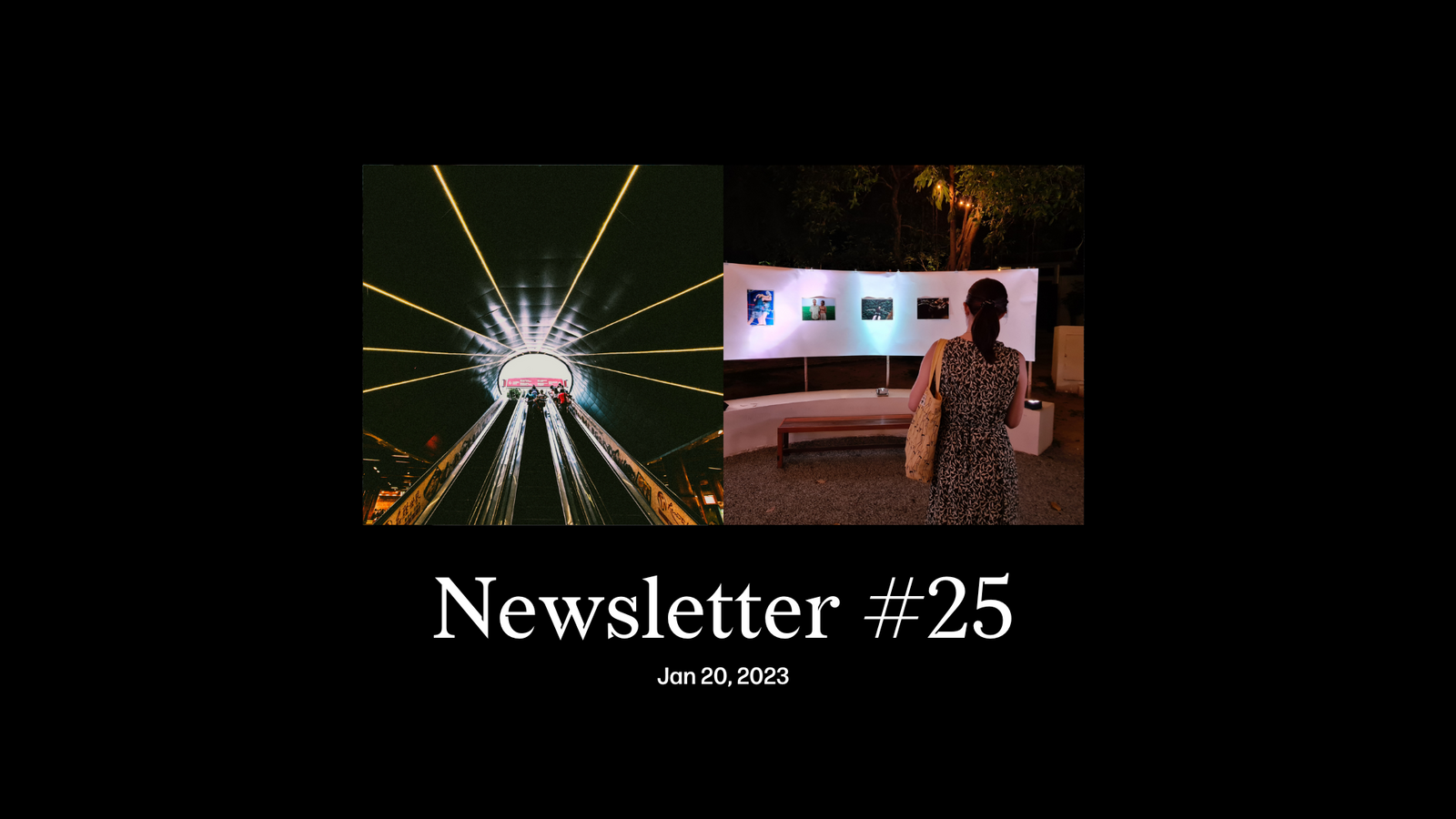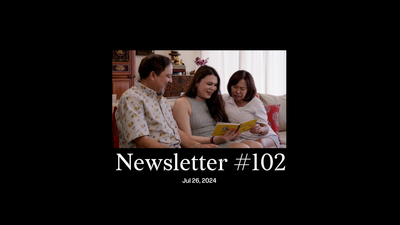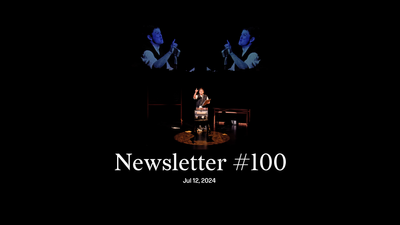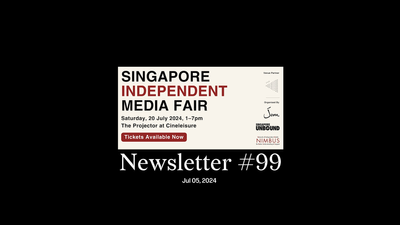Dear reader,
What does it mean to be a Singaporean abroad? How can we touch others overseas through our lives and work? And how might we be changed, how can we grow, through that process?
These questions have been on my mind after a recent trip to Siem Reap, Cambodia, which coincided with the annual Angkor Photo Festival. I spent time with two Singaporeans who live there: 67-year-old Mavis Ching, who runs a free kitchen; and 39-year-old Jessica Lim, festival director. I also hung out with two visiting Singaporean photographers, who left their mark on Siem Reap through their work: 38-year-old Sean Lee, workshop facilitator; and 18-year-old Elisa Tan, workshop attendee.
You can read about them, and the rocking town of Siem Reap, in this week’s essay, “Postcard from Siem Reap: four Singaporeans”.
It was just over 20 years ago that Goh Chok Tong, then prime minister, famously labelled some emigrants as “quitters”. He was referring not to all in the diaspora, just those he considered “fair-weather Singaporeans”, but a binary soon emerged between “stayers” and “quitters”.
“You will not feel this same sense of belonging anywhere else…only at home here in Singapore, can you control your destiny,” he explained. He quoted Jack Neo, filmmaker, who had said: “Here, I'm the No. 1 wife. Elsewhere, I'm the concubine.”
Yet emigration continued. In 2016, almost a third of young Singaporeans surveyed said they’d actively consider emigrating within the next five years. The notion that Singapore is such a fine place to live has always been undermined by the sheer numbers who say they want out (and who actually go). It’s a contradiction the fanboys have never been able to explain. “They cannot make it,” is the snide slapdown from the social Darwinists ignorant of their privilege, unaware that their conception of the good life–Louis Vuitton and curtailed speech—is not shared by all.
And if the emigration of yesteryear was driven mostly by cost-of-living, the pace of life, and a desire for more space and to be closer to nature—Hello, Perth—today, from my conversations, there are additional factors, more complex, around the sense of self, identity and purpose.
The Gohs and Neos may be the “No. 1 wife” here. Many others, including from ethnic and sexual minorities, feel like the concubines. Non-Chinese were more likely to want to leave, the 2016 survey found (ironically, in my view, partly thanks to the insensitivities of people like Goh and Neo).
Contrary to what Goh said, then, for many it is only by leaving Singapore that they can find belonging, that they are able to control their destiny.
But what’s wrong with that? For almost all of our island’s history—whether from 1819, the past 700 years, or further back—we’ve been a crossroads, a way station, an entrepôt, a transshipment point, a place between other places, an idea of liminality as much as a solid piece of land. (Not to imply that the land was terra nullius, that an indigenous community wasn’t supplanted at different points.)
The post-colonial project changed that. “In Singapore, I’ve often felt like we are already diasporas without leaving,” wrote Faris Joraimi, our history editor, in his recent “Postcard from New York” last year. “The borders were drawn and the land, disavowing the regional kinship that had so crucially shaped it for centuries, had become a stranger to itself.”
The exigencies of running a nation-state necessarily clashed with the transnational ideals of a peripatetic population. A flag, an anthem, a pledge, the draft, and even a mythical sea creature that vomits water—these all narrowed and constrained our perspective of humanity, of our connectedness to the water and those beyond.
Yet over the past two decades, since Goh’s speech, much has changed. Many younger Singaporeans, including those born here and foreigners who’ve moved here, are asserting their right to a patchwork of identities, no matter their passports. (“Nusantara” has become so fashionable an intellectual peg that I sometimes worry it’ll be co-opted by the irrepressible opportunists.)
Sceptics suggest that there will always be a division between “heartlanders” and “globalists”, one underpinned by privilege. Yet for many of us the main project now is tempering inequality, raising incomes of those at the bottom, so that every Singaporean has the means—if they want—to rediscover the cosmopolitanism of our early traders.
On that note, in Singapore This Week, we talk about the imminent reopening of the Peranakan Museum, with its promised heightened exploration of different Peranakan cultures, including the Arab Peranakans and Chitty Melakans.
And who will be the Peranakans of the next century? When one considers the diasporic lineage from 67-year-old Mavis, who’s been in Siem Reap for 17 years, to that of 18-year-old Elisa, there for a moment, it offers us a chance to reflect on an expansive vision of what it means to be Singaporean. I’m grateful that they shared their time with me, and their stories with us.
Jom merantau,
Sudhir Vadaketh
Editor-in-chief, Jom
If you've enjoyed our newsletter, please scroll to the bottom of this page to sign up to receive them direct in your inbox.






